Hi! This blog is no longer updated, but on this page you can find an archive of my blog posts, 2016-2022. Click here to view the blog index (a list of all posts).
For the latest news about Step Up Japanese, sign up to my newsletter.
Search this blog:
Walking the Shikoku 88 Pilgrimage (Part 2) - The Best First Day in Japan

Spoiler alert: this post isn't about the Shikoku pilgrimage, although it is about the same trip. It's about what I did with my spare first day in Nagoya: the lost day...
Arriving first thing in the morning on a long-haul flight is not ideal. You're tired, jet-lagged and yet you need to stay awake until a normal bedtime, so you can adjust your body clock.
I had almost 12 hours to kill on that first day, and was waiting for my friends to finish work.
So what do you do with a whole day to yourself?
, so I made a plan. It went pretty well.

I know Nagoya well, as I used to live there. My first thought was to go to Komeda, a coffee chain I like that's originally from Nagoya, for モーニング (
mо̄ningu
; breakfast set). But I'd already had breakfast on the plane, so I resisted the temptation to have a second breakfast, and went straight to Atsuta Shrine instead.
熱田神宮 (
Atsuta Jingū
; Atsuta Shrine) is a beautiful and important Shinto shrine. It's right by 神宮前 (
Jingūmae)
station, which makes sense seeing as
jingū-mae
means "in front of the shrine".
The train from the airport stops at Jingūmae, so I got off there and headed straight to a
depachika
(デパ地下
). Depachika
is the (often amazing) basement floor of a department store, where the food is, and I wanted sushi and cold green tea. I bought lunch there and then went to the shrine.
It's not really ok to eat in temple or shrine grounds, but there was a rest area with vending machines, so I sat there and had my mackerel sushi.
I also had this tiny beer (to celebrate being in Japan after almost two years). I had a good feeling about this day already.

↓ Atsuta Shrine

There was a wedding going on, too:

↓ Yay!

Next up, I headed to the onsen (温泉; hot spring). I picked this for two reasons - the first is that I love
onsen,
and I couldn't wait to go back to one and relax.
The second reason I wanted to go to the onsen is that I'd been on a long-haul flight since 7am UK time, and I really wanted a shower.
Onsen is also a pretty good solo activity - assuming you find being naked with strangers less embarrassing than being naked with friends (I do). Japanese hot springs are a communal affair; separated by gender, but no swimsuits allowed.
I'd used the airport wifi to look up some reviews, and decided on Miya no yu (宮の湯). It was about a half-hour walk from the shrine, and I could walk there along the river. There were late plum blossoms, and some sprinklings of cherry blossoms too.
↓ At the
onsen
(no pictures in the bath, for obvious reasons)

There were a bunch of different baths, including a 電気風呂 (
denki-buro
) which literally translates as "electric bath", and is - yikes - a hot bath with low-level electric current running through it.
You might think that electricity and water don't mix, and you'd be right. The
denki-buro
is worth a try though - unless you have a pacemaker, in which case give it a miss. It feels a bit like prickly pins and needles.
There was also a smaller bath with "water of the month". This month's special water was よもぎ (
yomogi
; Japanese mugwort). The water was a vivid bright green and looked like melon soda.
After a long soak in various entertaining baths, I got dressed and had a lie down and a bottle of milk.
Milk is a surprisingly popular post-bath drink, considering Japan doesn't have a long history of dairy consumption. お風呂上がりの牛乳 (
ofuro agari no gyuunyuu;
milk after a bath) is almost as good as お風呂上がりのビール (
ofuro agari no biiru;
beer after a bath
).
I'd already had one tiny beer though and was fighting off jet lag, so I stuck to milk. There's something very satisfying about glass bottles of milk.
I lay down in this tatami mat rest area, and watched some Japanese variety shows on a distant TV:

It was 4pm. I still had two hours to kill before my friends finished work, so I went to karaoke.
There's even a special word for "going to karaoke by yourself" in Japanese: ヒトカラ (
hito-kara
), which is short for 一人カラオケ (
hitori karaoke
).
Don't get me wrong - karaoke is fun with friends. But it's super fun by yourself too, and in a different way.
You can hog the microphone, and practice the same song three times in a row without anyone complaining. And you don't have to listen to other people's dubious song choices and dodgy singing.
↓ It's all your own dubious song choices and dodgy singing!

After an hour of singing and all-you-can-drink soft drinks from the ドリンクバー (
dorinku baa
; self-service drink bar), I got the subway to meet my friends.
We went to Minoji, a 焼き鳥屋 (yakitori-ya), a restaurant serving yakitori aka "things on sticks". Finally, some hot Japanese food!
I got to eat a lot of different things, old and new. But more importantly, I got to catch up with old friends. I was having so much fun I forgot to take a picture of the outside of the restaurant, with its red lanterns and moody lighting.
I didn't realise until afterwards, but the first time I ever went to Minoji was actually my very first night in Nagoya, after I moved there in 2011.
It made me pretty happy to be back there in 2018. The perfect end to a perfect first day back in Japan.
I wasn't sure how relaxing the rest of the trip would be, but that first day in Nagoya, I was so relaxed!
Not bad for a "lost day", right?
Click here to read part 1 (which is actually about the Shikoku 88 pilgrimage!)
This is the English version of an article I wrote last year which is now published in a Japanese book! 日本語多読 上 ~広がり深化する多読 (Nihongo Tadoku Jou: Hirogaru Shinka Suru Tadoku) is an introduction to Japanese extensive reading that incorporates new practices, research, and knowledge.
How I discovered Tadoku
Ever since a short trip to Japan when I was 19, I’ve been obsessed with the Japanese language. After university I moved to Japan, where I worked in Nagoya city for four years. On returning to the UK in 2014, I started teaching Japanese in Brighton at my school, Step Up Japanese…
A special guest post from Step Up Japanese student Phil Kinchington!
Anki is a flashcard app that uses a Spaced Repetition System (SRS) to help you learn and memorise information by creating strong, long-lasting memories. It does this by aiming to present you with a flashcard exactly at the point you were about to forget it.
You should be able to recall the information, but at a slight stretch. If you remember the card correctly, it will increase the length of time before it shows it to you again. If you can’t remember (or remember incorrectly) it will show it to you again sooner. It was originally developed for language learning (being named after the Japanese word for ‘memorisation’) but has since been applied to many subjects, including medical studies…
Elly is the Edinburgh-based Japanese teacher behind Ippo Ippo Japanese. Did you know, Ippo Ippo means “step by step” in Japanese? I think that’s a great approach to learning Japanese - one step at a time.
In this mini interview I asked Elly some questions about the Japanese language, and we talked about tips for learners who are just getting started.
Uchiyama is a designer from Yokohama, Japan.
He posts clean, minimalist Japanese handwriting on a separate handwriting Instagram account.
I'm not even sure if you can call it calligraphy, it's so gloriously simple. But he's got nice handwriting, and I love having it in my feed.
Hello and welcome to the third instalment of "Amazing Japanese Calligraphers on Instagram", where I introduce amazing artists making Japanese calligraphy - and sharing it online.
Isawo Murayama is a busy mum-of-four who makes time to create new pieces daily.
Her work feels a bit like a diary - together with her descriptive Instagram captions, her calligraphy offers up a little slice of her day-to-day life.
Traditional Japanese calligraphy uses a brush which is dipped into ink, but Murayama uses a 筆ペン (fude-pen) or "brush pen".
Mitsuru Nagata was born in Kyoto, and works extensively in Spain. His work combines elements of calligraphy with sumi-e (Japanese ink painting) techniques.
He performs at "live-painting" events, where he produces huge calligraphy paintings in front of a live audience.
These large-scale performances are often at festivals…
I can't believe I wrote an entire blog post about calligrapher Emi Yogai and forgot to include this amazing pun…
I absolutely love kanji - Chinese characters that are also used in Japanese writing.
But calligraphy is not my strong point. My writing is good, but not particularly beautiful.
I have, however, recently become slightly obsessed with instagrammers who post Japanese calligraphy photos.
So I thought it might be fun to share some with you!
I first discovered @yogai888emi via this adorable story about falling asleep on the train…
Do you remember the first time you used an emoji?
I do. It was kind of overwhelming. I scrolled and scrolled through my new Japanese phone, and wondered what all these little pictures could possibly be for.
Because emoji originated in Japan, some of them are quite specific to Japanese culture.
Some are obvious - but others might not mean what you think! Let’s take a look at some specifically Japanese emoji.
"Wait, is it douzo? In the book it says dōzo..."
It's both. And it's neither!
In beginner classes I use often rōmaji (English letters) to write Japanese in class. This is to give you a head start in learning to speak.
Some people think you shouldn't use rōmaji at all, because it will give you bad pronunciation.
That might be true if you're studying by yourself…
Thank you to everyone (including those not pictured) who came to our student picnic at the weekend!
We had fun meeting up outdoors, drinking tea, eating Japanese snacks and talking about Japan-related (and non-Japan-related) things.
It was so good to see students in person after such a long time!
My student shared the funny song "Ippon Demo Ninjin" with us recently.
It's pretty pun-tastic, and very catchy.
It's also a good way to learn and practice some more counters (little words we put on the end of numbers in Japanese, depending on what's being counted).
"Why does this homework say the Japanese word for food is ryouri? I thought you said the word for food was tabemono?"
I love it when students ask questions like this. It shows you’re really thinking about the language.
So, what’s the difference between ryouri and tabemono? Consider the following:
Potatoes are tabemono, but they're not ryouri.
So, you’ve learned different ways to say "Nice to meet you!" in Japanese. One way to say “nice to meet you” is “yoroshiku onegai shimasu”.
But yoroshiku onegai shimasu isn't just for the first time you meet someone. It has a whole host of different uses.
Let's look at the main different meanings of this magical, multipurpose Japanese word.
1. Yoroshiku means "Please!"…
So you want to wish your Japanese-speaking friends "happy birthday" in Japanese.
Whether you're sending a birthday card, or just writing a message, here are six different ways to share the love.
First of all, let's say “Happy Birthday”:
Did you know Japan has the most umbrellas per person, of any country in the world? For every person in Japan, there are 3.3 umbrellas.
At least three of them are mine, left outside shops and restaurants…
In 2011, I had just moved to Japan and I moved into my new flat on the outskirts of Nagoya city. At the weekends I'd head to Daiso, the 100-yen shop, to buy bits and pieces for my new flat.
One day, I left my umbrella in the stand outside the 100-yen shop. It was quite a nice umbrella - a neat little folding one, and it had been a present from my brother, so I went back to the shop the next day.
My little blue umbrella wasn't in the rack, so I asked at the till.
After the excitement of our first school Summer Barbecue, I spent the day in bed watching one of my favourite films in Japanese.
It wasn’t a Japanese film though. I watched Hot Fuzz (or to give its Japanese title ホット・ファズ -俺たちスーパーポリスメン "Hot Fuzz: We Are The Super-Policemen!")
Watching British comedies dubbed into Japanese might not be the "purest" way to listen to Japanese. But if you enjoy it, it's definitely worth doing. Dubbed films are easy to watch, too, assuming you've seen the film before and know the plot already.
Anyway, there's a little scene in the Hotto Fazzu dub that's a nice example of Japanese plurals in action, so I thought I'd share it with you.
Tadoku (多読), also called Extensive Reading, is the practice of learning a foreign language by reading lots of easy books. It's a really fun way to explore the Japanese language, without feeling pressure to understand every word.
This footage is from the 2019 Tadoku Summer Course at Step Up Japanese in Brighton, UK. In summer 2020, we also held our first Online Tadoku course.
Thanks to Daniel Sheen for making this video!
Watch the video, or scroll down to read a transcript. Click "CC" to turn on the subtitles 👍
On Games in Japanese (日本語でゲーム), we practise communicating in Japanese by playing games!
This footage is from the 2019 Games in Japanese Summer Course at Step Up Japanese in Brighton, UK. In summer 2020, we also held our first Online Games in Japanese course.
Thanks to Daniel Sheen for making this video!
Watch the video, or scroll down to read a transcript.
Hurray! You've met another Japanese-speaking person. Time to introduce yourself.
But how do you say "It's really nice to meet you" in Japanese? The first phrase you'll want is:
はじめまして。Hajimemashite. "Nice to meet you"
Hajimemashite literally means "we are meeting for the first time". So you can only use it the first time you meet someone.
When I first moved back to Brighton from Japan I had a lot of time on my hands. I also didn't have a job, so I was desperate for free Japanese reading material.
So I started borrowing Japanese books from the library.
This plan was not exactly a success. It turns out reading Twilight in Japanese is only slightly more entertaining than reading it in English.
But we are really lucky to live in a world where, if you have internet access, you can read just about anything you want in Japanese online. And the news is a great place to start.
I'll let you into a secret. I used to hate katakana.
Students of Japanese tend to start with its two phonetic alphabets. We start with hiragana, the loopy, flowing letters that make up all the sounds of Japanese.
Then we move on to katakana - all the same sounds, but in angular blocky font.
Hiragana seems fairly straightforward, I think. And when you start learning Japanese everything you read is written in hiragana, so by reading you constantly reinforce and remember.
Katakana? Not so much.
How do you keep practising Japanese, even when it doesn’t seem relevant? How do you stay motivated, when your life and your motivations change?
At the beginning of 2019, I decided to set myself a series of monthly Japanese study challenges. I’d do one every other month, and blog about it.
In January, I tried to speak Japanese every day for a month. This was probably the hardest challenge, from a logistical perspective. I don’t live in Japan, and we don’t speak Japanese at home (much). At the time, I was also working another job three days a week, where I wasn’t using Japanese at all. So speaking Japanese every day was, quite literally, a challenge.
If you watch Japanese TV or anime (or are paying attention in class) you've probably come across the Japanese word mina-san (皆さん) meaning "everybody".
But what's the difference between mina and minna? What's mina-sama all about? And ... does it actually matter?
I finally got around to going through the mid-course feedback from my students and drawing up plans to incorporate some of what you asked for into the rest of the course. Several learners mentioned the importance of learning the kana early on.
Learning to read Japanese can be a daunting task. The Japanese language has three distinct "alphabets" (four if you count romaji!) and learning kanji is a task that takes years. You can learn the kana (hiragana and katakana) pretty quickly, though, if you use the most efficient way to memorise them - mnemonics.
Do you remember the first conversation you ever had in a foreign language?
The first three years I was learning Japanese I basically studied quite hard for tests and barely opened my mouth. I liked kanji, and what I saw as the oddness of the Japanese language. Three "alphabets"! A million different ways of counting things! I liked hiragana - so pretty! I studied hard and thought my university Japanese exams were easy.
Then, on holiday in China, I met a Japanese woman (at a super-interesting Sino-Japanese cultural exchange club, but that's a story for another time). I tried to speak to her in Japanese. And I couldn't say anything.
Did you know there's a dedicated Japanese vegetable farm right here in Sussex?
I spent a Saturday with the Brighton Japan Club at Namayasai, near Lewes. Namayasai a Japanese vegetable farm owned by Robin and Ikuko, from Devon and Japan respectively, and is a Natural Agriculture farm - a specific type of organic farming that uses no pesticides / herbicides / artificial fertilisers.
The worst job interview I ever had started with the interviewer asking me to tell him a joke.
I sat there flustered for a while before mumbling something about a man walking into a bar. The interviewer rolled his eyes.
I didn't get the job.
Sitting in a smokey cafe after the interview I remembered The Michael Jackson Joke which is probably the best beginner-Japanese joke of all time. I should've told him that one! Although he probably would have rolled his eyes at that too...
When I tell people I'm a Japanese teacher they quite often ask: how did you learn Japanese? And I don't find this question particularly easy to answer.
Sometimes I give a quick answer which is that I used to live there.
But you can live in Japan for years and not learn Japanese.
I've met lots of people like this (and there's nothing wrong with that, unless learning Japanese is the reason you moved to Japan).
The long and more honest answer to "how come you speak Japanese?":
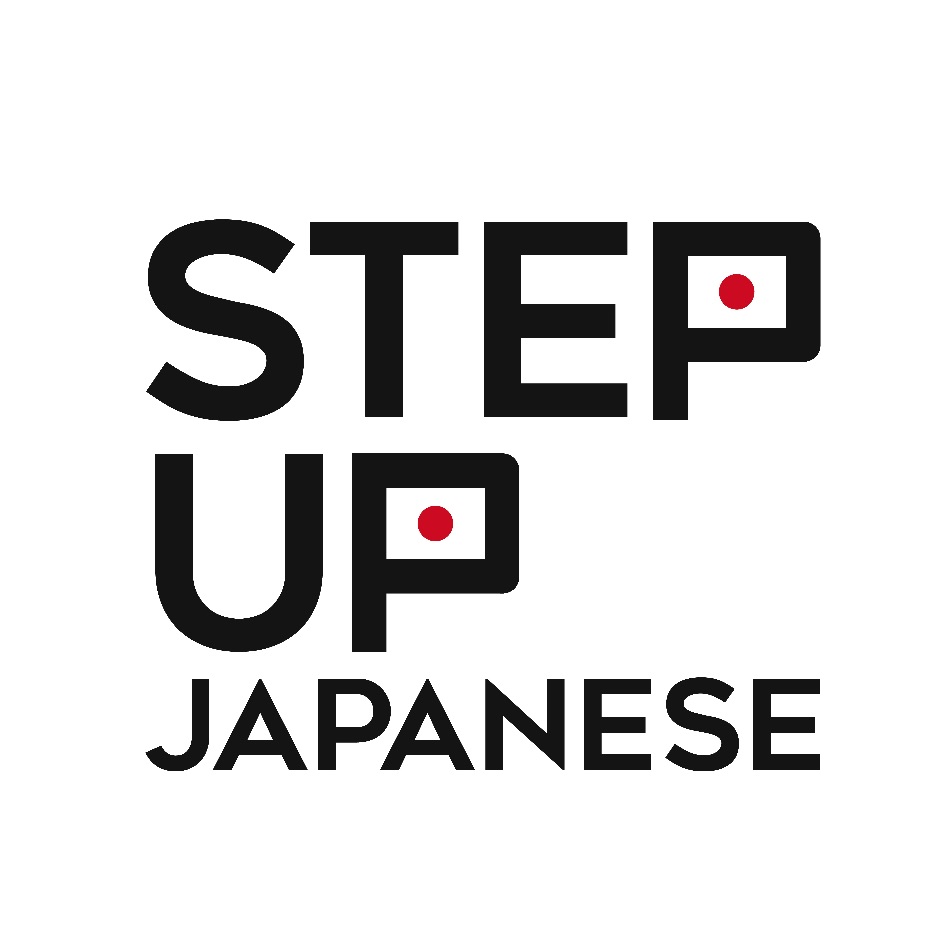



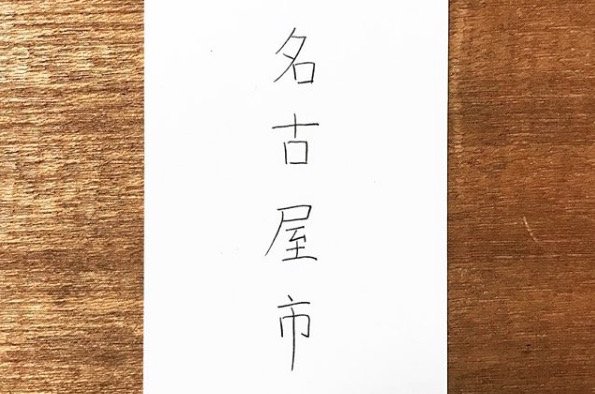

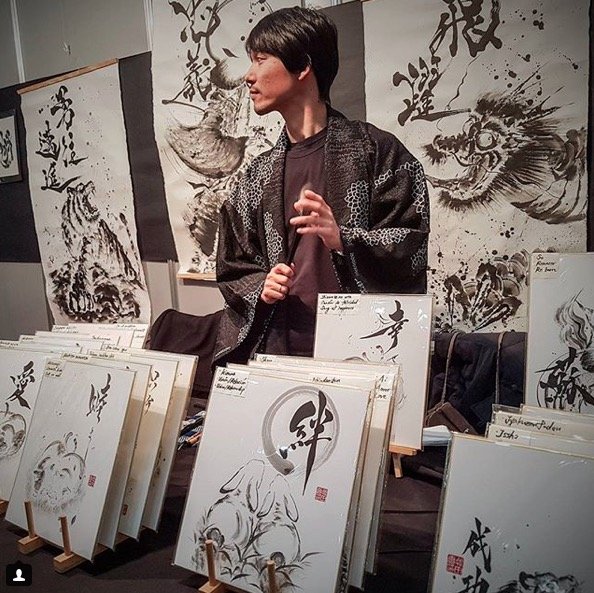
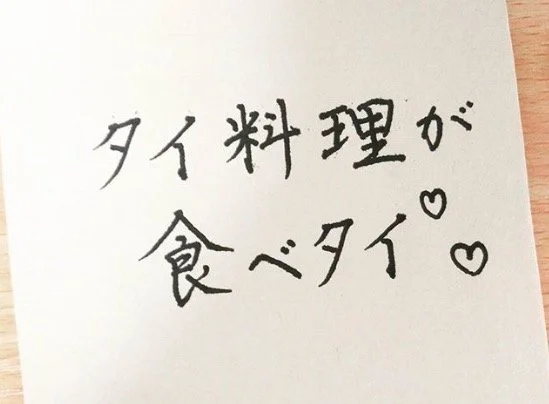

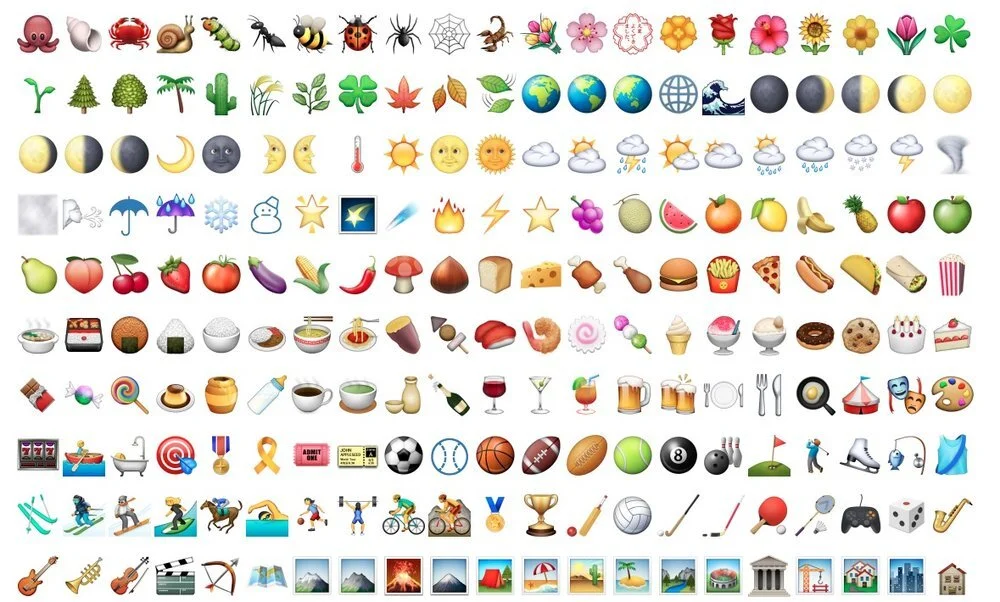





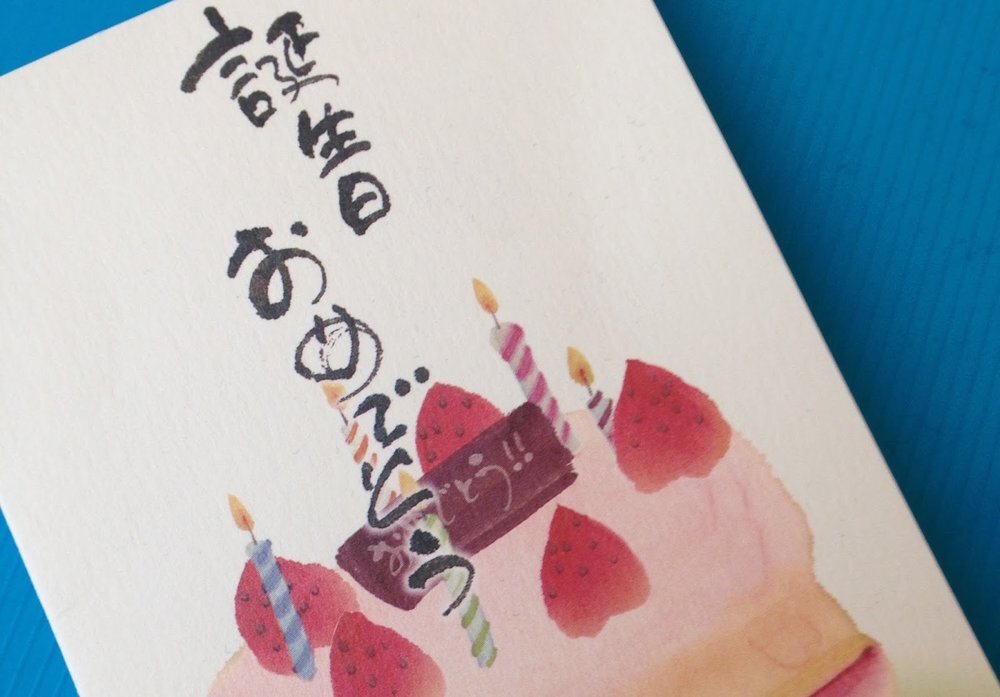




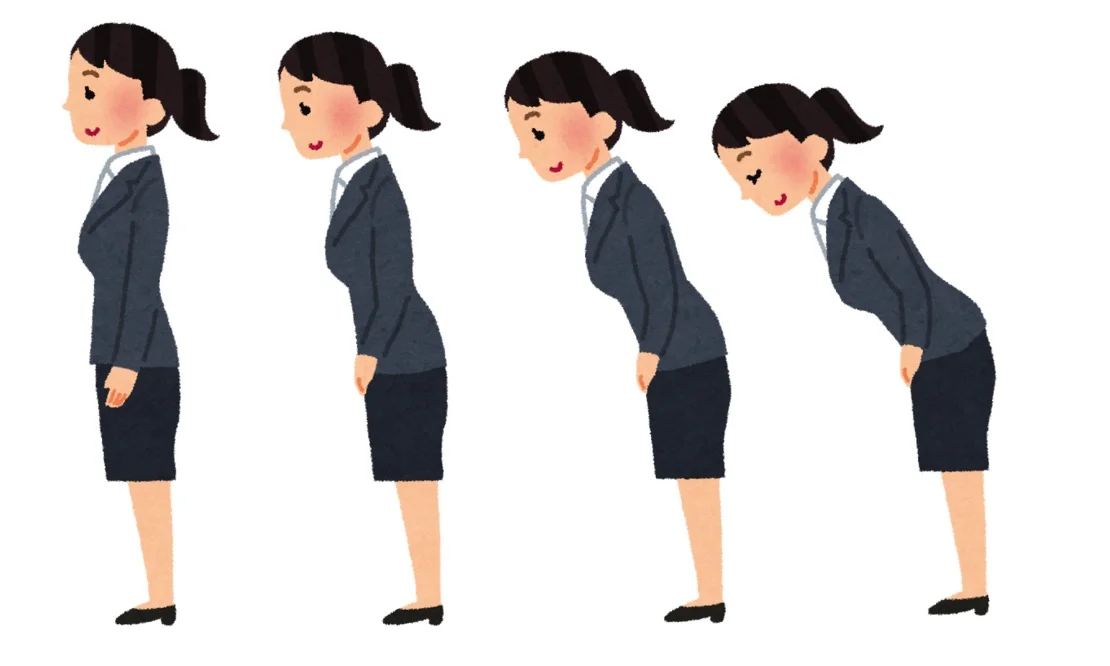








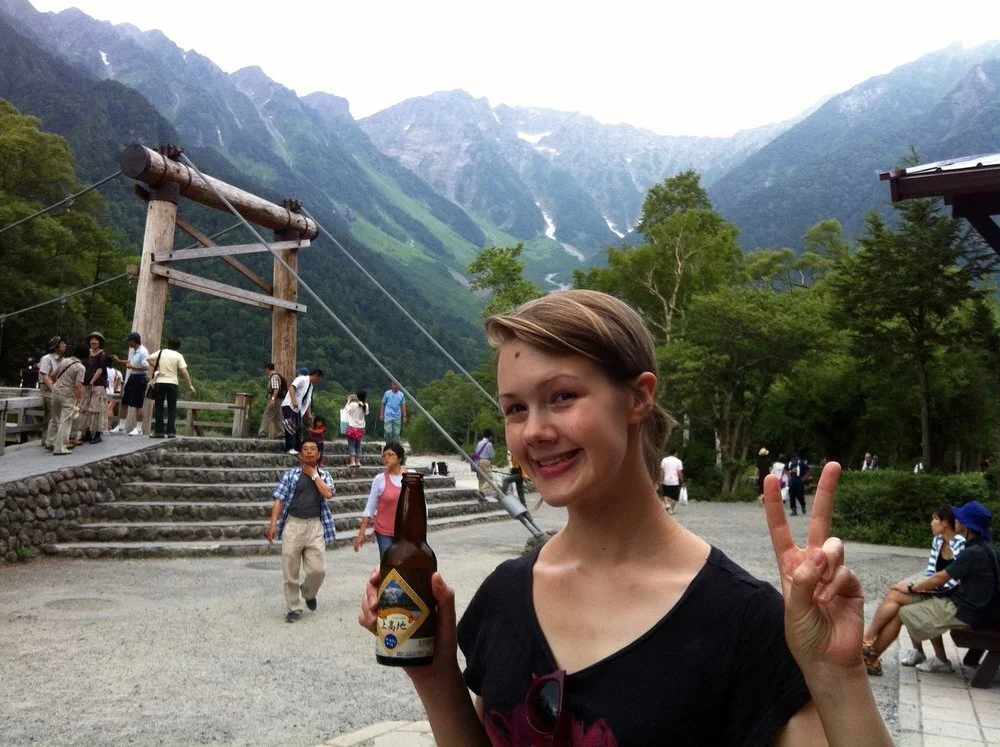
Like many people in the UK, I studied French in school. I liked French. I thought it was really fun to speak another language, to talk with people, and to try and listen to what was going on in a new country. (Still do!)
When I was 14 we went on a school exchange to the city of Reims, in northeastern France. I was paired with a boy, which I’m sure some 14-year-olds would find very exciting but which I found unbearably awkward. He was very sweet and we completely ignored each other.
That was nearly 20 years ago, and I didn’t learn or use any more French until, at some point in lockdown, I decided on a whim to take some one-to-one lessons with online teachers. Here are some things I learned about French, about language learning, and about myself.